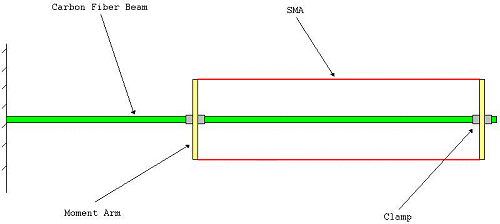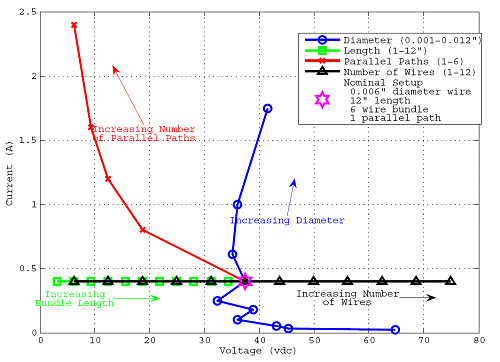![]() Design of an Active Robotic Ornithopter Wing
for Agile Flight
Design of an Active Robotic Ornithopter Wing
for Agile Flight
Executive Summary
By altering their wing shapes in flight, birds are able to obtain a level of agility and maneuverability unmatched by man-made aircraft. This research focuses on articulating the wings of robotic flapping-wing flying vehicles (ornithopters) with smart materials so as to actively control the wing shape in flight, and thereby gain additional control authority over the complex vehicle flight dynamics.
Primary Project Objectives
- Design, build, and fly an articulated wing and control system which allows active independent control of each wing shape during flight
- Model and identify the effectiveness of actively controlling wing shape on the vehicle’s flight performance through theoretical analysis and extensive flight testing
- Optimize actuator design and the associated spatiotemporal control laws to optimize flight efficiency and agility
Research Description
One of the reasons why birds can maneuver so quickly during flight is that they have the ability to radically alter the shape and wetted area of each wing independently during flight. This ability allows the magnitude and directions of the aerodynamic forces and torques to be controlled with greater accuracy than that exhibited by conventional man-made aircraft. By articulating the wings of an ornithopter, additional control authority over the flight dynamics may be obtained. This control authority may then be used to strategically exploit the inherent agility that goes hand-in-hand with the instabilities present in flapping-wing flight.
Smart materials are materials whose bulk material properties may be actively controlled using a variety of inputs such as varying electric or magnetic fields, temperature, or light. These materials are increasingly being used for primary actuation. Smart materials are particularly well-suited to applications in which their more conventional counterparts, such as servos and motors, would be too heavy to be used in flight. Shape memory alloy (SMA) is a smart material, often manufactured in the form of a wire, which contracts when heated (typically by passing an electric current through it), and which then returns to its original length when re-cooled.
The images below show a conceptual illustration of how these materials may be placed on an ornithopter wing to deform the wing shape to match a desired profile.


This movie shows a demonstration of these actuators on a small mock-up of an ornithopter wing.
|
QuickTime Format. or try a different browser. Quicktime Player required for viewing. You can download a free player HERE |
|
The configuration of the wire bundles, as well as the wire sizes used and the voltage and power requirements of the material should be designed in tandem with the structure of the ornithopter wing so that large displacements can be obtained with small power requirements and in the presence of aerodynamic forces. The image below shows how different design parameters influence the electrical power requirements.

Once accurate models of the actuator dynamics are made and coupled into the flight dynamics of the ornithopter, optimization routines can be used to find the number and size of actuators along the wing that are required to obtain a desired number of wing shapes within a certain error bound.
The additional images shown below illustrate some sample shapes created using four equally sized actuator bundles along the length of the wing, created using a nonlinear FEM solver. After simulation is performed, these wings will be implemented in hardware along with the flight control system.
 |
 |
 |
 |
![]()

